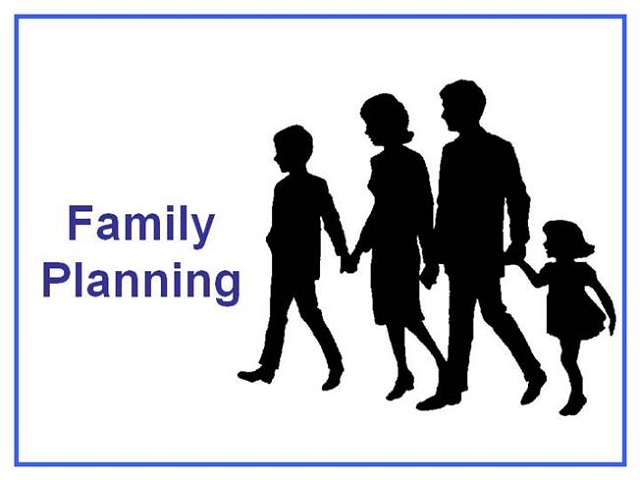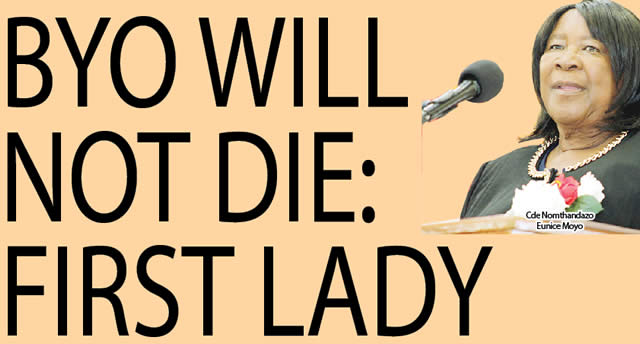The youth bulge: Demographic bonus or time bomb


Jephiter Tsamwi
“Harnessing the demographic dividend” has become a usual term repeatedly mentioned in the development matrix from local to global levels.
It is such a noble vision, chased by many, but less understood by the majority despite its significance and relevance to the development discourses of many African countries, Zimbabwe included.
Faced with a rising youth population, either a disaster or better days are coming for African countries.
Indeed, Zimbabwe, like other African countries, is faced with a seriously growing population of young people.
According to ZIMSTAT figures for 2013, Zimbabwe has a young age structure, with 76.5 percent of the country’s citizens less than 34 years of age and 35 percent of the population falling between ages 15-34.
Under normal circumstances, this should be a demographic dividend but not necessarily always.
The International Conference on Family Planning defines the demographic dividend as the accelerated economic growth that may result from a rapid decline in a country’s fertility and the subsequent change in the population age structure.
With fewer births each year, a country’s working-age population grows larger in relation to the young dependent population.
With more people in the labour force and fewer young people to support, a country has a window of opportunity for rapid economic growth if the right social and economic investments and policies are made in health, education, governance, and the economy.
Investments in today’s youth population can position a country to achieve a demographic dividend, but the gains are neither automatic nor guaranteed.
In a country with a youth bulge, as the young adults enter the working age, the country’s dependency ratio, that is, the ratio of the non-working age population to the working age population will decline.
If the increase in the number of working age individuals can be fully employed in productive activities, other things being equal, the level of average income per capita should increase as a result.
The youth bulge will become a demographic dividend.
However, if a large cohort of young people cannot find employment and earn satisfactory income, the youth bulge will become a demographic challenge.
Outside the economic impacts of this, the negative health impacts can be far reaching.
Perhaps we need to look at this from a bigger perspective. The bulge is a serious issue in the whole of Africa with negative socio-economic consequences.
It is projected that by 2050, there will be more than 400 million Africans between the ages of 15 and 24, more than double the number today.
Adding such a large youth cohort to the working-age population means that African nations are faced with the challenge of creating sufficient, stable employment opportunities and this is against the background of an already strained job market.
The biggest question to ask is how prepared are African governments in catering for the socio-economic needs of the 226 million young people of age 15-24 that we have?
And this is against a projection of a 7 percent rise to 1.3 billion by 2030, the target date for the recently signed Sustainable Development Goals.
And indeed, before we talk much about the health impacts of this youth bulge, the biggest factor is employment issues.
The African Development Bank (AfDB) already notes that as of today, the majority of unemployed people in Africa are aged between 15 and 24 years and this is despite an impressive annual growth rate of more than 5 percent in recent years and commendable progress achieved in the area of education.
The International Labour Organisation (ILO) estimates that between 2000 and 2008, Africa created 73 million jobs, but only 16 million for young people aged between 15 and 24.
As a result, many young Africans find themselves unemployed or, more frequently, underemployed in informal jobs with low productivity and pay.
In 2009, the World Bank noted that on average 72 percent of the youth population in Africa lives on less than $2 per day.
Faced with this crop of educated but jobless youth population, we may need to interrogate the education system itself.
Are we as Zimbabweans and Southern Africa at large, encouraging, or ensuring that the young people get degree and diplomas that are relevant to the demands of our industries and economies?
Or we are having situations where we have more librarians, historians and accountants at a time we need engineers most.
Today, because of their lack of experience and relevant skills, we continuously witness a paradoxical situation of educated but unemployed youths.
The education they have is at odds with the expectations of the labour market.
However, we need to recognise the multi-faceted nature of this challenge including policy factors some of which have brought down the productive sectors of economies.
Experts note that given that youth unemployment in Southern Africa is so pervasive and deeply rooted in the structures of our economies, it can only be successfully tackled if youth employment is treated as a core strategic objective of development policy.
Among other implications, this requires that youth employment be articulated with other major development objectives and be reflected in usual strategic planning processes such as Poverty Reduction Strategy Papers.
So as if unemployment is not enough, the demographic dividend realisation is further hampered by a rise in numerous sexual and reproductive health challenges that young people are facing.
It is understandable that a healthy transition to adulthood lays the groundwork for a healthy adult population, a factor that is so critical to realising the demographic dividend. Healthy people are more productive, bringing greater resources and income to families and higher levels of economic growth for nations.
Although Zimbabwe has really succeeded in making sure that young people and everyone else who is HIV positive lives positively and indeed many are now leading productive lives, the prevalence of HIV among young people is still worrisome.
From a broader perspective, Sub-Saharan Africa has the most serious HIV and AIDS epidemic in the world. In 2012, roughly 25 million people were living with HIV, accounting for nearly 70 percent of the global total.
In the same year, there were an estimated 1.6 million new HIV infections and 1.2 million AIDS-related deaths. Young people are the worst affected.
The Zimbabwe Demographic Health Survey 2010-2011 will help put this into a more localised context.
In terms of reproductive health, 24 percent of women aged 15-19 have begun childbearing and the unmet need for family planning in the same age group is 28.7 percent.
The average age at sexual debut for people aged 25-49 is 18.9 years for women and 20.6 years for men.
Further, in the 15-24 age group, 4 percent have had sex before the age of 15 while 7.7 percent of men report multiple-concurrent sexual partners compared with 1.3 percent of women, and the prevalence of sexually transmitted infections (STIs) is 2.9 percent for men and 2.4 percent for women.
With regard the level of inter-generational sexual relationships, 15 percent of young women aged 15-19 sexual intercourse with a man 10 or more years older.
The above shows a youth population facing challenges. Unless, and if only, serious interventions are implemented, the demographic dividend will forever remain a pipedream.
The youth bulge is a reality and the sooner governments include it into social and national development planning, the better it will be for the future of our societies.
It is not just about the employment puzzle, but the need to fix the negative sexual and reproductive health outcomes that we are facing. Ultimately, a healthy youth population will do much good to the national vision.
To the young people, do the best you can to make sure the youth bulge becomes a demographic dividend. Your health is your responsibility. Take charge.
Jephiter Tsamwi is an independent writer based in Harare with a passion in youth development and matters related to their sexual and reproductive health and rights. He can be contacted on [email protected].








Comments